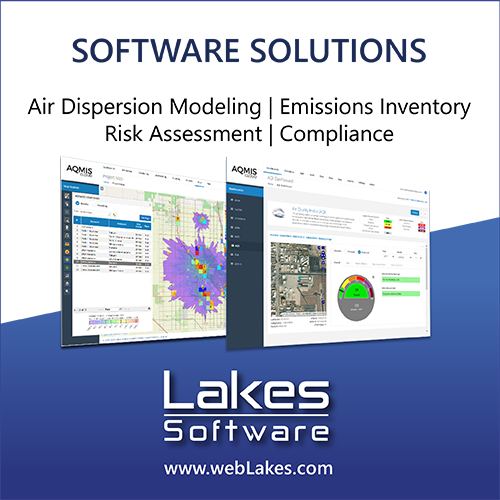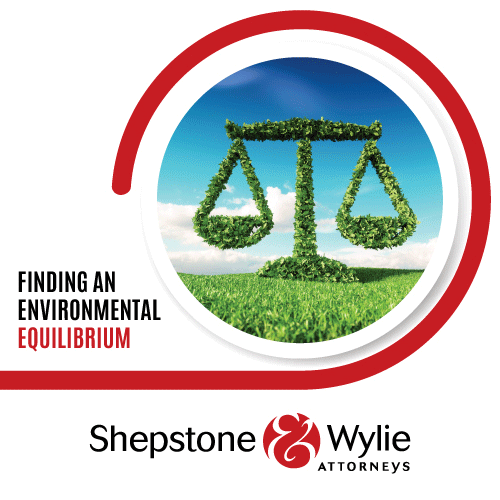Environmental conditions affecting air pollution dispersion over Richards Bay, South Africa
DOI:
https://doi.org/10.17159/caj/2024/34/1.17581Keywords:
Richards Bay, South Africa, meteorology, air pollution dispersionAbstract
Air pollution dispersion over Richards Bay, South Africa is studied using satellite, reanalysis and in-situ measurements. Near-surface concentrations of trace gases and particulates reach high concentrations under dry stable ‘berg’ winds. Temporal records of CO, NO2, O3, PM2.5, SO2 (2000-2023) exhibit no trend and short-term dose exceedances of individual pollutants are rare and confined to winter mornings. Regional point-to-field correlation maps of a Richards Bay winter air pollution index found that anomalous warming of the west Indian Ocean accelerates the jet stream over Madagascar and pulls smoke- and dust-laden north-westerly winds across the South African plateau, implicating long-range transport. At daily and hourly time scales dewpoint temperature and boundary layer height best indicate changes in local air pollution dispersion that impact respiratory health. A case study of 15-17 June 2021 revealed a 10ºC thermal inversion caused by negative sensible heat fluxes of -40 W/m2 through the night, leading to SO2 concentrations above 100 ppb in the morning along the main access road (28.8ºS, 32ºE). Poor dispersion seldom happens in the summer when turbulent mixing and rainfall cleanse the air.
Downloads
Downloads
Published
Issue
Section
License
Copyright (c) 2024 Mark R. Jury

This work is licensed under a Creative Commons Attribution 4.0 International License.

All articles are published under a Creative Commons Attribution 4.0 International License; copyright is retained by the authors. Readers are welcome to reproduce, share and adapt the content without permission provided the source is attributed.








.png)